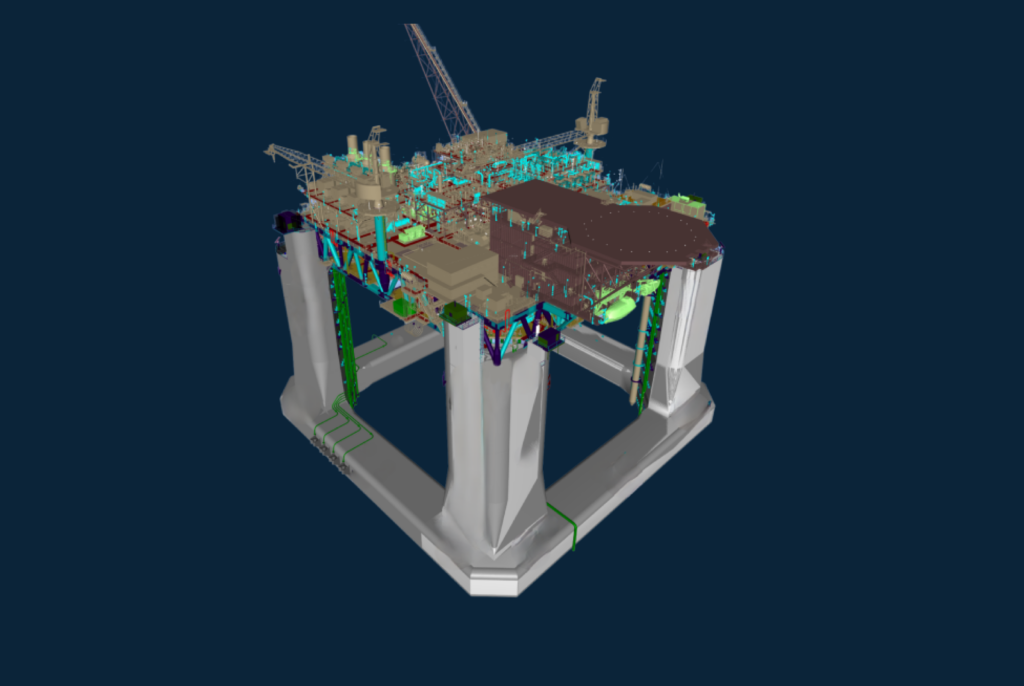

Want to share this article?
Costs of Corrosion in Offshore Production
Around the world, corrosion is a costly and complex natural phenomenon that inevitably disrupts operations and can even cause major accidents if not addressed properly.
A 2002 NACE International study found that in the U.S. alone, corrosion cost the oil and gas exploration and production sector $1.36 billion. Additionally, The World Corrosion Organization estimated (PDF) in 2009 that the direct cost globally of corrosion across all industries exceeded $1.8 trillion.
Corrosion affects a producer’s bottom line not only through damage costs but also initial protection costs. In the late 1960s, with corrosion prevention technology still in development, protection systems represented “up to 10 percent of total [offshore] platform investment.” While that cost has arguably gone down (perhaps in part due to technological advancements in corrosion science), maintaining the integrity of a fixed platform’s steel remains a constant battle with the elements, manifesting as maintenance costs. In the early- to mid-1990s experts estimated (PDF) that 60 percent of maintenance costs related to North Sea production platforms were either directly or indirectly related to corrosion. And even with improvements in coatings and application techniques, that maintenance cost still likely remains high if for no other reason because of the difficult nature of the environment many platforms are producing from.
Producers managing the costs of corrosion offshore are faced with a balancing act not only between preventative and maintenance costs but also brownfield improvements and maintenance. In the aftermath of the Deepwater Horizon accident, some producers have hurriedly invested more money into repairs and upgrades to platforms in order to prevent another such accident, meanwhile letting regular corrosion maintenance fall to the wayside. Lessening the emphasis on preventative maintenance can certainly lead to other, more costly repairs later down the road. In truth, early investments in more expensive but effective corrosion-resistant equipment can lend to decreased operational expenses. Manufacturer Parker Hannifin gave a recent example of this, proving a 40 percent total cost of ownership savings over 10 years by using highly corrosion-resistant tubing and fittings in lieu of lower cost stainless steel.












